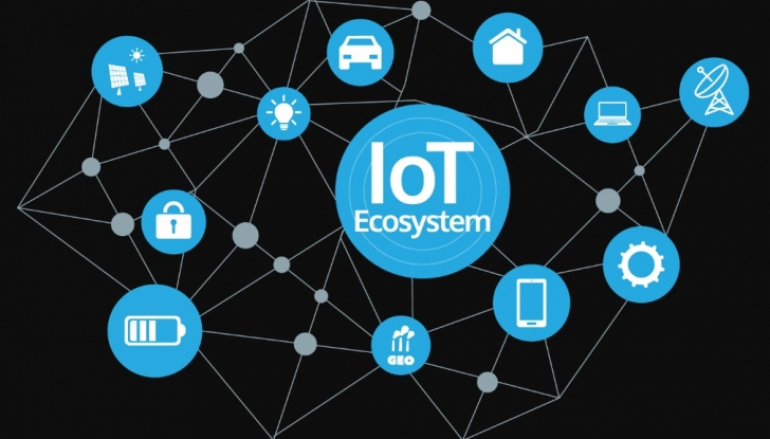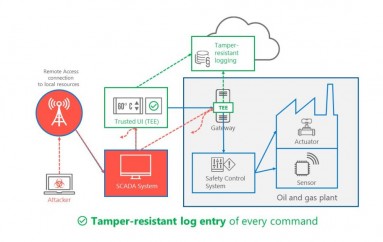
End-to-End Cyber Security for IoT Ecosystems To Protect IoT Devices From Cyber Threats
In the IoT Ecosystem, Not too long ago in history, the idea that people and objects could be inter-connected would be considered absurd. Since the invention of the internet, that absurdity has since morphed into possibilities.
Today, not only are people able to stay connected to other people across the world, they are able to stay connected to physical objects. These are everyday devices such as lights, TVs, coffee machines, cars, air conditioners, etc.
This connection is what is termed the Internet of Things (IoT). A recent study conducted by Swedish professors estimates that by the year 2020 there would be over 20 billion IoT devices. As the connection between people and their devices grows, so does the size of the IoT ecosystem.
Understanding the IoT Ecosystem
The ecosystem consists
of five major components, all of which are connected and function as one. Each
component on its own poses a unique security threat. In order to stay
proactive, one has to protect the entire ecosystem from end to end.
- Network – this is the means by which the ecosystem maintains constant communication from the device to the user.
- Service – this is the software component
- Device – the physical (hardware) component that performs the instructions inputted by the user
- User – the assumed owner of the ecosystem
- Cloud – where data is processed and stored
Security Threats in IoT Ecosystem
Like everything else connected to the internet, there is a concern for security. There have been multiple cases of intruders hacking into devices to steal personal data or to disable security alarms while homeowners were away to allow for smooth break-ins. The idea that everyday personal items could be used against the owner through cyber-attacks poses serious domestic and possibly national security threats.
Cyber-security Solutions
One proven effective way of ensuring cyber-security is via a multi-layered solution. The same concept could be applied to the IoT ecosystem. Reputable professionals who specialize in IoT Cyber-security solutions combine Embedded Integrity Verification (EIV) with Real-time IoT Event Monitoring System (RIEMS). Both EIV and RIEMS are stand-alone solutions. The EIV is integrated into devices which are connected to the network while the RIEMS provides front-end monitoring ability via an interactive dashboard for the administrator.
Requirements for Ensuring Security
While the application
of cyber-security solutions provides protection against cyber-attacks, there
are security measures that need to be taken to ensure the integrity of the IoT
ecosystem.
- Network security – a strong firewall should be installed to protect the network and cloud system
- Data integrity – ensure end-to-end data security by restricting access to authorized personnel only
- Device protection – devices should have end-to-end multi-layer encryption and tamper-free detection system.
- Penetration testing – continuously conduct routine tests to simulate attacks. This form of testing exploits vulnerabilities in the entire IoT ecosystem.
- Activity logging – helps in keeping a record of all activities in the ecosystem from who logged in to who did what. Logs come in handy during investigations in case of any attacks.
Summary
As mobile and internet technology advances, so also will IoT devices. The only way to ensure constant protection of data and property is to constantly anticipate attacks by upgrading the security of IoT ecosystem.
This post End-to-End Cyber Security for IoT Ecosystems To Protect IoT Devices From Cyber Threats originally appeared on GB Hackers.





